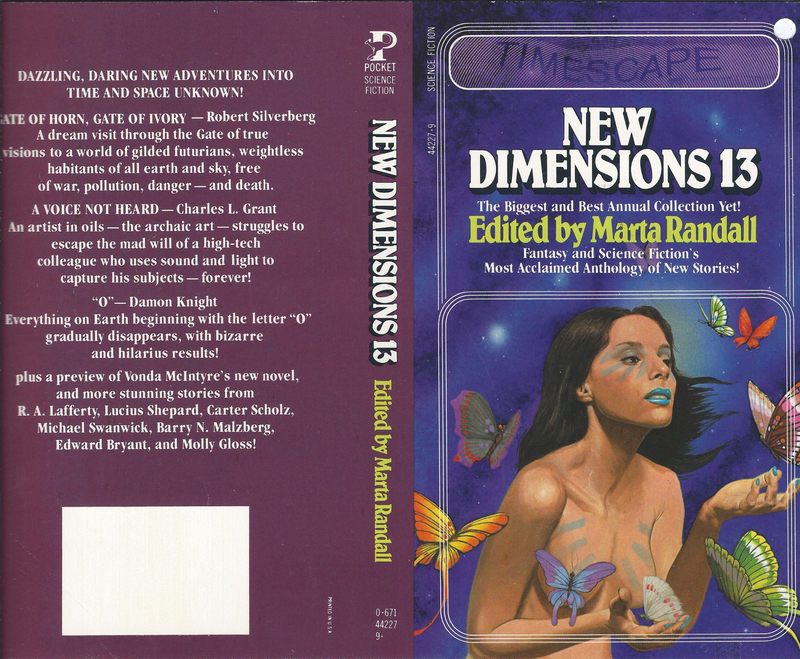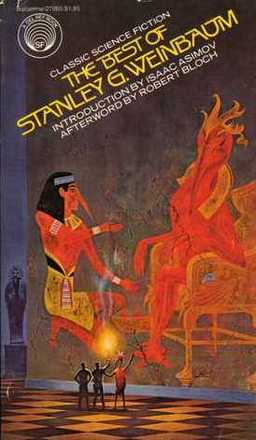 A few short years ago, here at Black Gate, John O’Neill did several posts on Del Rey’s Classic Science Fiction series. Those posts were loving, nostalgic homages.
A few short years ago, here at Black Gate, John O’Neill did several posts on Del Rey’s Classic Science Fiction series. Those posts were loving, nostalgic homages.
I have never been a huge sci-fi book fan. Fantasy and horror are more my thing. Yet, I found those posts really intriguing, especially the cool covers. I had read some of the stories of certain of these writers, but by and large John’s posts introduced me to most of these authors for the first time. After reading a couple, I was hooked and eventually tracked them all down through eBay and Abebooks.
As a newcomer to these books, and to many of these authors, I thought I would give a review of each. As with John’s original posts, I hope these reviews inspire some newer readers to seek out some of these older treasures, or at least to track down some other works by these authors.
Before reviewing our first volume, let’s get a little background on this series. The Internet Speculative Fiction Database (isfdb.org) refers to these books as Ballantine’s Classic Library of Science Fiction. However, I can’t find that designation on any of the books so I’ll simply refer to them as “Del Rey’s” (an imprint of Ballantine) “Classic Science Fiction” series, just like the covers say. This series began in the early seventies and continued to be published up through the eighties, sometimes with multiple printings of certain volumes. There were twenty-two books published in all.
Each book in this series was a collection of short stories highlighting a single author within the Del Rey publishing fold. According to John O’Neill, this was one way for Del Rey to promote the authors in their stable (especially de Camp, Eric Frank Russell, and others). That’s why there are no volumes dedicated to Asimov, Heinlein, Clarke, etc. None of those “big guns” were Del Rey authors. That’s not to say that there weren’t some heavy hitters in this series though. Writers like Philip K. Dick and Fritz Leiber, to name only two, have dedicated collections within.
I thought it might be best to go through this series in chronological order of publication. Each post will focus on one volume. My main goal is try to give some brief reviews of some of the stories within, at least those that struck me as the most enjoyable, but I’ll also give my overall impressions about the book, and writer, as a whole.
…
Read More Read More
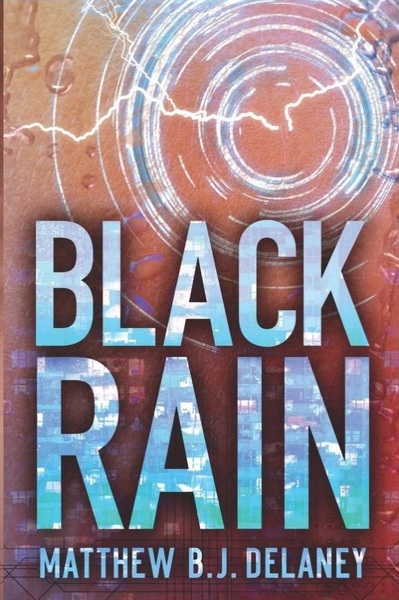
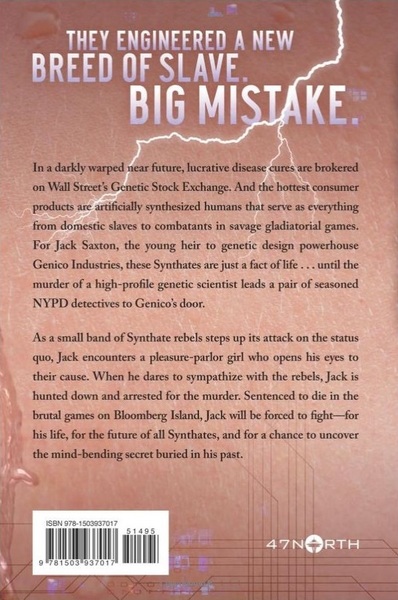

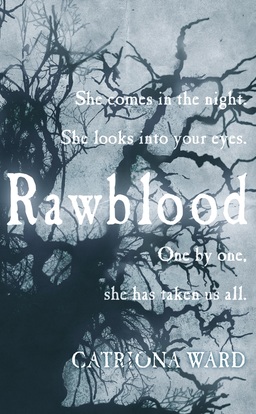
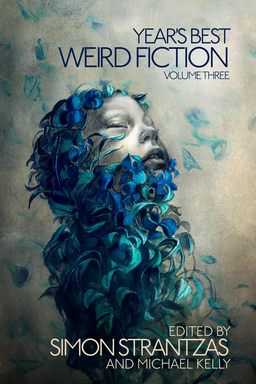
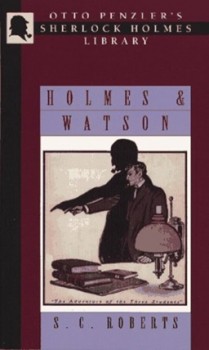
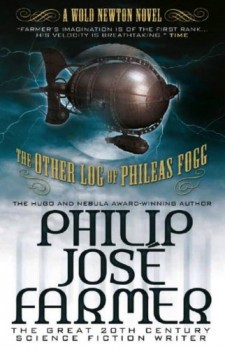
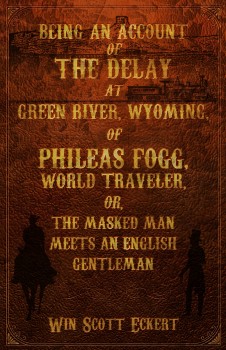

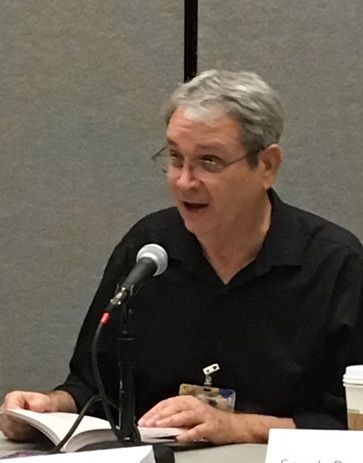
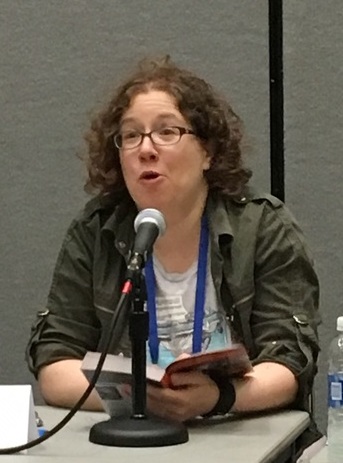
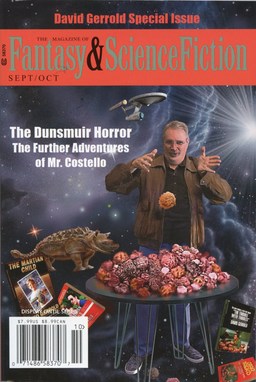
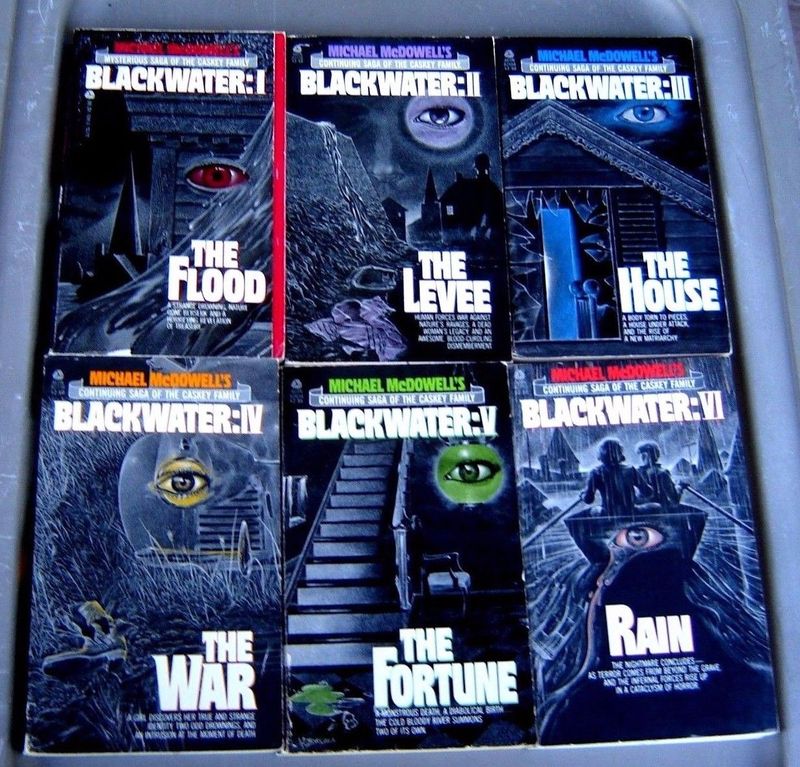
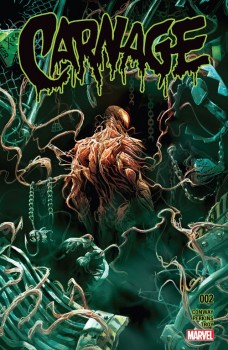
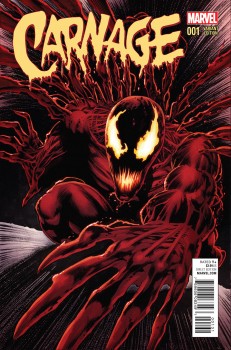 I’ve been thinking about horror again, as a genre. I’ve been trying to read some Cthulhu stuff; I’ve reread some Image and Marvel horror comics; and I’ve also recently read Ellen Datlow’s Best Horror of the Year #8. Lots to mull over.
I’ve been thinking about horror again, as a genre. I’ve been trying to read some Cthulhu stuff; I’ve reread some Image and Marvel horror comics; and I’ve also recently read Ellen Datlow’s Best Horror of the Year #8. Lots to mull over.